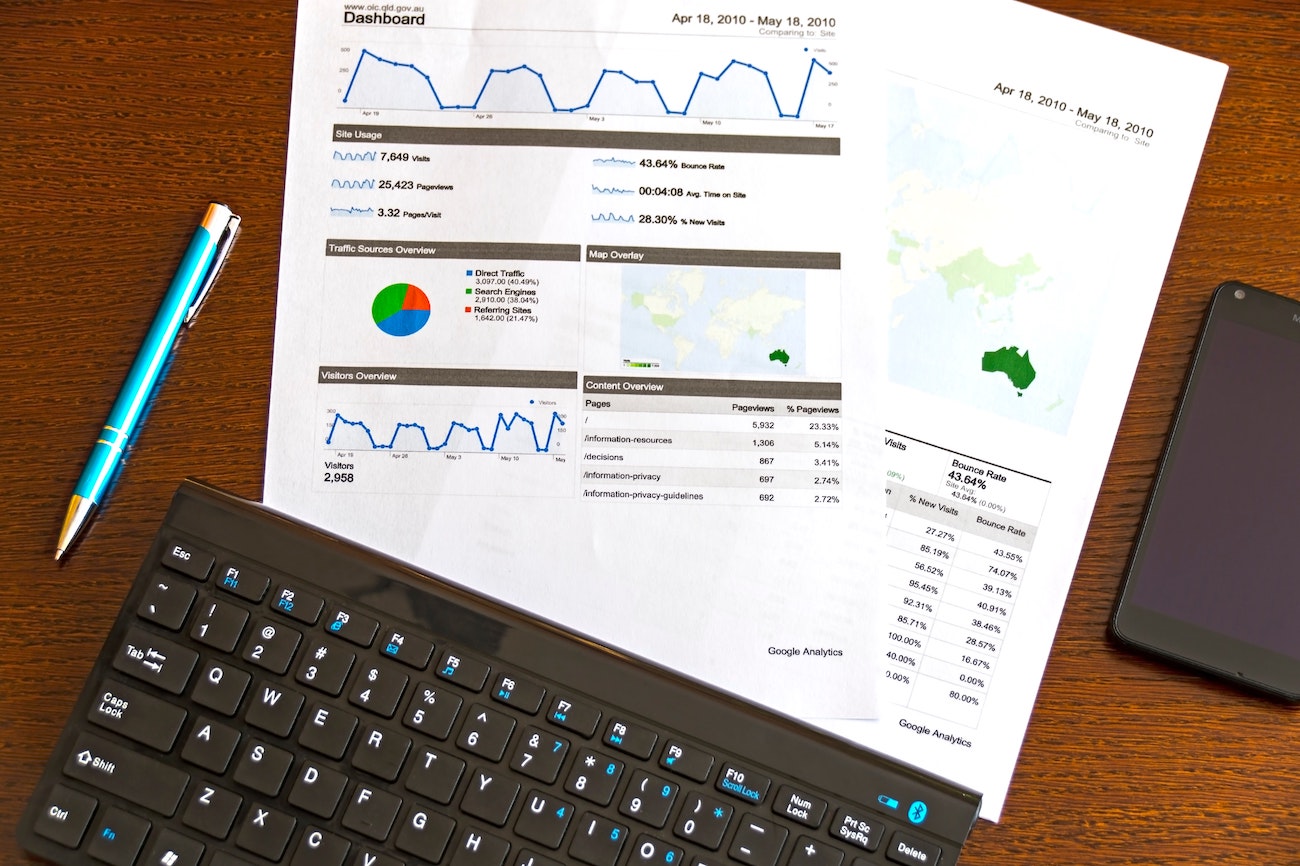In the world of digital advertising, tracking tools are essential for understanding the effectiveness of your campaigns and improving your overall strategy. Whether you are running ads on social media or through Google Ads, understanding the performance of your ads and the behavior of your audience is crucial for maximizing your return on investment (ROI).
GA4: Understanding Your Audience and Campaign Performance
Google Analytics is a powerful tool for understanding your audience and tracking the performance of your digital campaigns. It allows you to see detailed information about where your website traffic is coming from, what actions users are taking on your site, and how well your campaigns are converting.
Using Google Analytics, you can see which channels are driving the most traffic to your site and understand the demographics of your audience. You can also set up goals and track conversions to see how well your campaigns are performing. For example, if you're running a paid search campaign, you can use Google Analytics to see how many users are clicking on your ads and making a purchase on your website.
Google Tag Manager: Simplifying Tracking and Optimisation
Google Tag Manager is a tool that simplifies the process of adding tracking and optimisation tags to your website or app. It allows you to quickly and easily add and manage tags from various marketing and analytics platforms, such as Google Analytics, Facebook, and AdWords.
Using Google Tag Manager, you can easily set up and manage tracking for your campaigns without the need for a developer. This can save time and resources, allowing you to focus on more important tasks, such as creating and optimizing your campaigns.
Pixel Tracking: What are Pixels and How Do They Work?
Pixels are small pieces of code that are placed on your website or landing page. They are used to track the actions of visitors to your site and collect data about their behavior. This data is then used to improve the targeting and effectiveness of your ads.
There are two main types of pixels: conversion pixels and remarketing pixels. Conversion pixels are placed on the pages of your website that a visitor should reach after completing a desired action, such as making a purchase or filling out a form. These pixels allow you to track the actions of users who have completed a specific goal, such as making a purchase or signing up for a newsletter.
Remarketing pixels, on the other hand, are placed on all pages of your website and are used to track the behavior of all visitors to your site. This data is then used to create targeted ad campaigns that show ads to users who have previously visited your site but have not yet completed a desired action.

The Benefits of Using Pixels in Digital Advertising
Using pixels in your digital advertising campaigns can provide a number of benefits, including:
- Improved targeting: By tracking the behavior of users on your website, pixels allow you to create more targeted ad campaigns that are more likely to resonate with your audience.
- Increased conversions: By tracking the actions of users who have completed a desired goal, pixels can help you understand what factors are most likely to lead to a conversion and optimise your campaigns accordingly.
- Better ROI: By tracking the performance of your campaigns and understanding the behavior of your audience, pixels can help you optimise your campaigns to achieve a better return on your advertising investment.
Let's Talk
If you have any questions or would like to learn more about our service offering, we encourage you to get in touch. Our dedicated team is here to help and we are always happy to hear from you. Don't hesitate to reach out to us via phone, email or through our socials. We can't wait to connect with you and help you find the solutions you need.
Blog Details
- Written by: Christian Teuma
- Posted on: 30 December, 2022
- Tags: MarTech, Digital Advertising, GA4, GTM